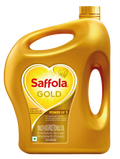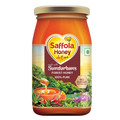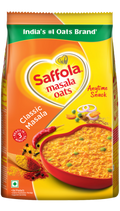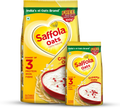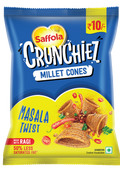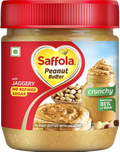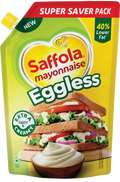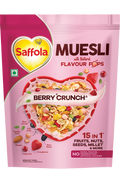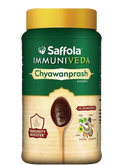20 June, 2024

6 min

43

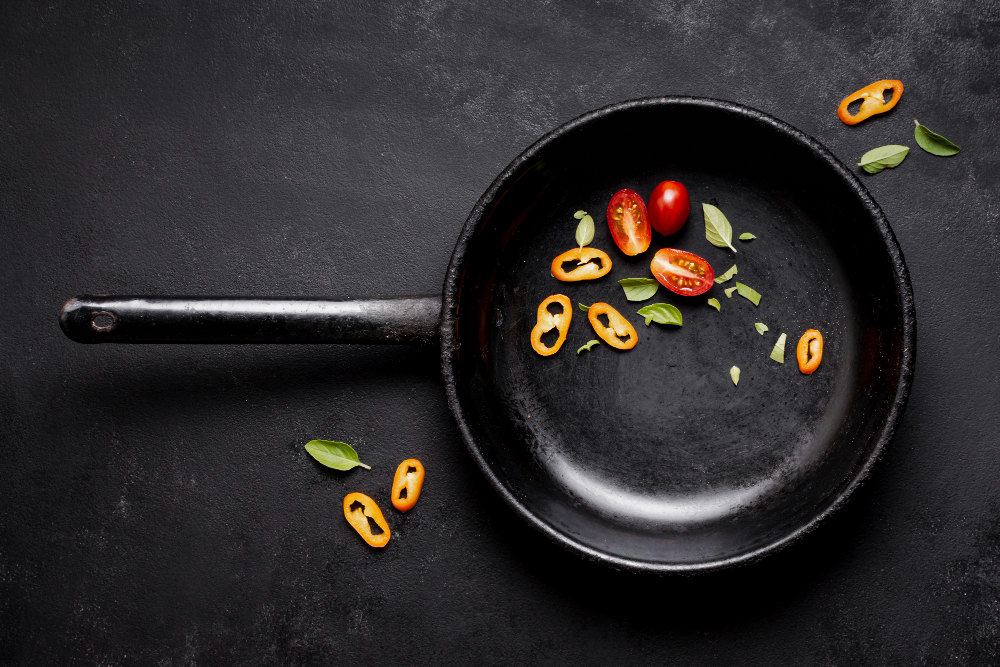
Have you ever flipped a perfectly cooked besan chilla only to watch it stubbornly cling to the pan? Or maybe you've dreamed of achieving that restaurant-worthy sear on your paneer fry, but end up with burnt oil flakes stuck to your non-stick cookware?
Understanding how to use oil with non-stick pans is the secret to unlocking their full potential. The right oil can enhance your cooking and make cleanup a breeze, while the wrong one can leave you frustrated and with a damaged pan. In this guide, we'll break down the dos and don'ts of using oils with non-stick cookware, so you can cook delicious meals and keep your pan performing its best.
The Dos

Non-stick cookware is a game-changer in the kitchen, but unlocking its true potential requires using it the right way. Here are some essential "dos" to ensure your non-stick pan stays slick and your meals turn out perfect:
- Preheat the Pan
A little patience goes a long way. Preheating your pan with a touch of oil creates an evenly hot surface for cooking. This allows your food to sear beautifully and release easily from the non-stick coating, preventing frustrating sticking.
- Non-Abrasive Utensils
Opt for silicone or wooden utensils that are gentle on the pan's surface and won't disrupt your perfectly cooked creations. Non-abrasive utensils like metal can scratch and damage the delicate coating, compromising its effectiveness.
- High Smoke Point Oils
Not all oils are created equal when it comes to high heat. Choose oils with high smoke points, which can withstand high temperatures without burning or breaking down. Oils likerice bran,soybean, andcorn oilare excellent choices for most non-stick cooking.
- Hand Wash After Use
While some non-stick cookware claims dishwasher-safe status, handwashing is generally recommended. The harsh detergents and high heat of dishwashers can eventually degrade the non-stick coating. A quick hand wash with warm soapy water keeps your pan clean and extends its lifespan.
- Low and Slow
While non-stick pans can handle high heat for searing, keep the heat on medium or medium-low for most everyday cooking. This helps prevent the oil from breaking down and burning, ensuring a healthy and flavorful outcome.
- Season Occasionally
Some non-stick pans benefit from occasional seasoning, similar to cast iron. Use a thin layer of oil to coat the pan and heat it gently, creating a protective layer that enhances non-stick properties.
The Don'ts

Take care of these crucial don'ts to keep your non-stick surface performing its best and prevent unnecessary wear and tear:
- Cooking Sprays
While convenient, cooking sprays can leave behind a build-up on your non-stick pan. This build-up can hinder the non-stick properties and shorten the pan's lifespan. Opt for a light application of regular cooking oil instead.
- Metal Utensils
Metal utensils are the arch-nemesis of non-stick cookware. Their sharp edges can scratch and damage the delicate coating, compromising its effectiveness. Stick to silicone or wooden utensils that are gentle on the pan and won't disrupt your perfectly cooked food.
- Overheating Empty Pans
An empty pan on high heat is a recipe for disaster. Non-stick coatings are not designed for extreme temperatures without food or liquid present. This can cause the coating to warp or break down, releasing harmful fumes. Always preheat your pan with a touch of oil or add food before turning up the heat.
- High Heating
While non-stick pans can handle high heat for searing, keep the heat on medium or medium-low for most everyday cooking. Excessive heat can break down the oil you're using, leading to burnt flavours and potential damage to the non-stick coating.
- Storing Acidic Food
Highly acidic foods like tomatoes or vinegar can react with the non-stick coating over time, dulling its effectiveness. Don't store leftover acidic food in your non-stick pan for extended periods.
- Rough Scrubbing
Harsh scrubbing pads are a big no-no. They can scratch and damage the non-stick coating. Use a soft sponge or dishcloth with warm soapy water for gentle cleaning.
Best Oils for Non-Stick Cookware

The ideal oil for non-stick cookware should have a high smoke point, meaning it can withstand high temperatures without burning or breaking down. This ensures healthy cooking, prevents unwanted flavours, and protects the non-stick coating. Here are some top contenders, each with its own benefits:
- Rice Bran Oil
Extracted from the bran layer of rice, rice bran oil boasts ahigh smoke point (around 450°F)and a neutral flavour profile. It's a versatile option for all types of non-stick cooking, from sauteing to pan-frying. Looking for an added nutritional boost? ConsiderSaffola Total, a blend of rice bran oil and safflower seed oil. This blend offers a good balance of healthy fatty acids (MUFAs and PUFAs) and antioxidants, making it a heart-healthy option with a high smoke point, perfect for non-stick cookware.
- Sunflower Oil
Another excellent choice for non-stick cooking is sunflower oil. It has ahigh smoke point (around 450°F)and aslightly nutty flavourthat compliments many dishes. For a more well-rounded nutritional profile, trySaffola Gold, combining sunflower seed oil with rice bran oil. This dual-seed technology balances MUFAs and PUFAs for better nutrition, making it a healthy choice for non-stick cooking.
- Soybean Oil
Soybean oil is a readily available and affordable option. It has ahigh smoke point (around 453°F)making it suitable for most non-stick cooking applications. However, it has a less neutral flavour compared to other options. Consider using soybean oil for dishes where its flavour compliments the food, such as stir-fries or Asian-inspired meals. If you're looking for a heart-healthy alternative with a blend of soybean oil,Saffola Activecombines rice bran and soybean oil, offering a good balance of MUFAs and PUFAs along with the added benefit of omega-3.
- Corn Oil
Similar to soybean oil, corn oil is a common and budget-friendly choice. It boasts ahigh smoke point (around 446-460°F)and can be used for most non-stick cooking tasks. However, it has a slightly sweet flavour that might not be ideal for all dishes. Consider using corn oil for specific recipes where the flavour works well, such as cornbread or pancakes. If you'd like a corn oil blend with a more neutral flavour profile,Saffola Tastyincorporates the nutrients of both refined rice bran and corn oil, offering a good balance of MUFA and PUFA for better nutrition.
The Takeaway
Your non-stick pan is ready to become your kitchen hero. This guide has armed you with the essentials: how to care for your pan for a long life and how to choose the perfect oil for delicious, healthy cooking. High smoke point options like rice bran oil or heart-healthy blends likeSaffola Activeensure healthy cooking and minimal sticking. Imagine perfectly crisped tofu, fluffy pancakes, and flavourful stir-fries – all with a quick cleanup. So ditch the frustration and embrace the ease of non-stick cooking!

